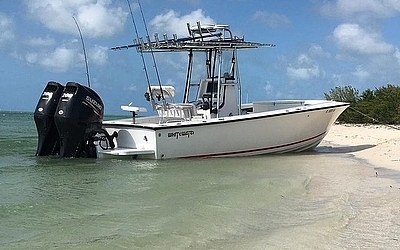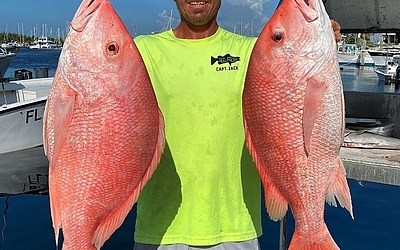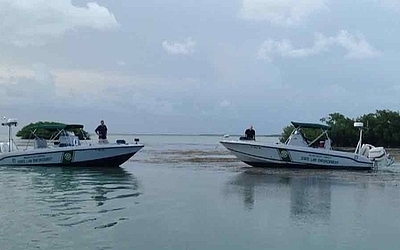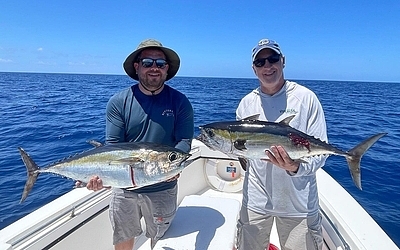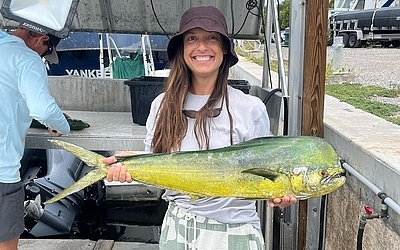Best Time for Deep Sea Fishing Charters in Key West
Key West gives anglers a shot at big fish all year. The water stays clear, the fish keep moving, and there's always something worth chasing. Locals don't leave it to chance. They pay attention to the weather, follow the fish, and pick their days. That's how the biggest catches end up on deck.
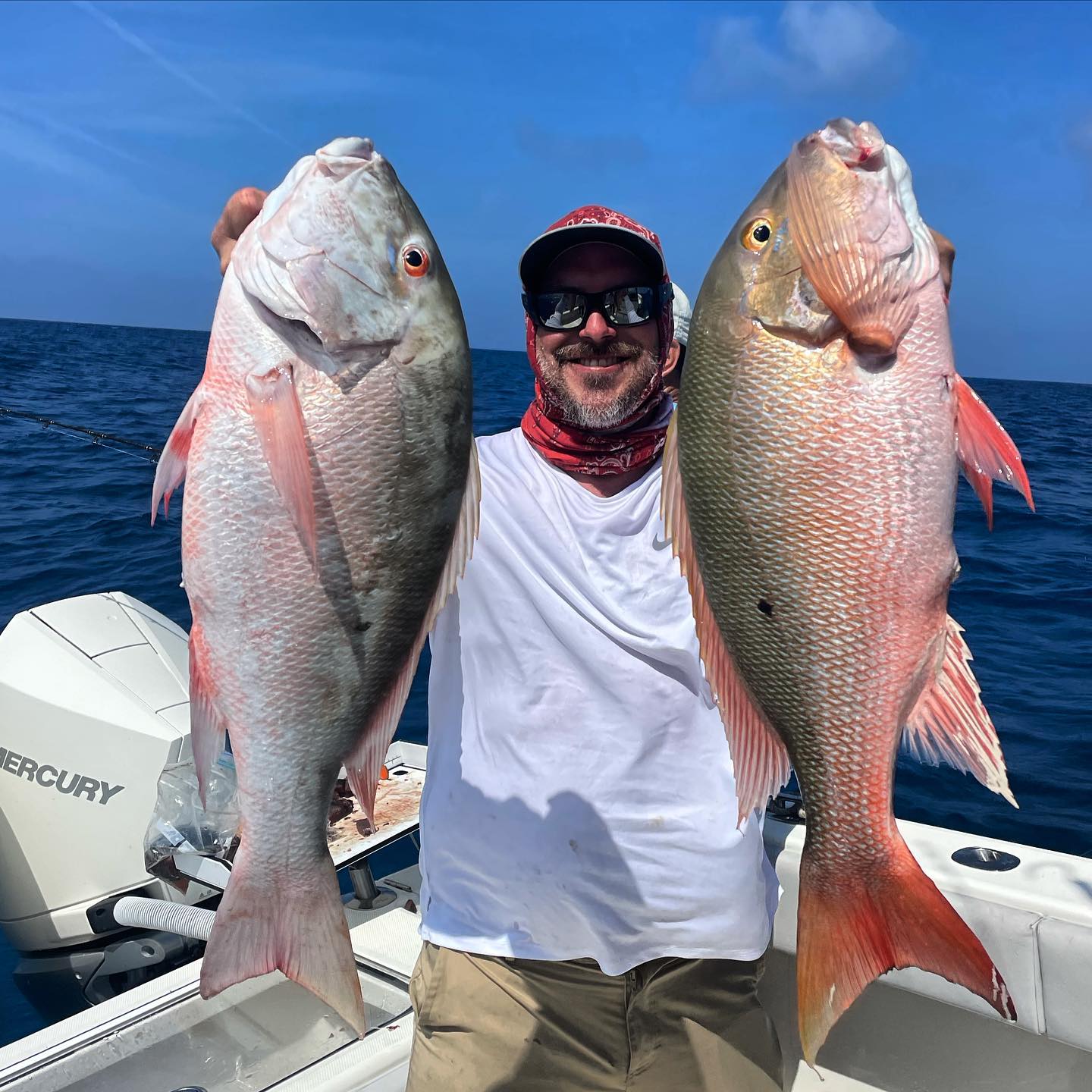
Seasons That Deliver
Spring and fall set the stage for the most consistent offshore fishing in Key West. March through May, the water warms and pelagic species push in close. Mahi-mahi show up in numbers. Wahoo and blackfin tuna follow the bait. The seas stay manageable, and the bite turns on. September through November, the pattern flips. Cooling water brings kingfish and more mahi-mahi. The crowds thin out, but the fish don't.
Summer doesn't slow down. Snapper and grouper stack up on the reefs and wrecks. Barracuda prowl the edges. Afternoon storms roll through, but the mornings stay calm and productive. Winter brings a different kind of challenge. The wind picks up. The water cools. Fewer boats head out, but those who do find amberjack and mutton snapper at their heaviest. Blackfin tuna school up offshore. The fish get bigger, and the fight gets tougher.
- Spring (March-May): Mahi-mahi, wahoo, blackfin tuna
- Summer (June-August): Snapper, grouper, barracuda
- Fall (September-November): Kingfish, sailfish, mahi-mahi
- Winter (December-February): Amberjack, mutton snapper, tuna
Month-by-Month Action
January and February, the offshore scene belongs to sailfish and blackfin tuna. The water's cooler, but the fish are hungry. Trolling live bait or drifting with pilchards puts you in the game. March brings a shift. Mahi-mahi start to show, and wahoo hit hard. By April and May, the pelagic bite peaks. Boats run further, chasing weed lines and color changes where the action stacks up.
June through August, the focus moves to the bottom. Snapper and grouper fill the coolers. Yellowtail snapper school up on the reefs. Mangrove snapper bite at night. Grouper hold tight to structure, and deep dropping pays off. Barracuda hunt the shallows and wrecks, smashing lures and live bait.
September and October, kingfish return. Mahi-mahi make another run. Sailfish start to reappear as the water cools. November keeps the action rolling, with a mix of pelagics and bottom fish. December, the big amberjack move in. Mutton snapper get aggressive. Tuna schools grow, and the bite stays strong for those willing to work the deeper water.
Techniques That Work
Every species demands a different approach. Grouper won't leave the bottom. Heavy tackle, live pinfish, and patience get results. Mahi-mahi chase fast-moving baits near the surface. Trolling skirts and ballyhoo draws strikes. Blackfin tuna respond to vertical jigs and live pilchards. Kingfish hit slow-trolled live baits or flashy spoons. Sailfish need a spread of live baits, drifting or slow-trolling along the edge. Amberjack crush jigs dropped deep over wrecks. Mutton snapper take cut bait fished on the bottom, especially around structure.
- Deep dropping for grouper and snapper
- Trolling for mahi-mahi, wahoo, and kingfish
- Drifting live baits for sailfish and tuna
- Vertical jigging for amberjack
Local captains know the spots. They track the bait, watch the currents, and adjust tactics as the season shifts. That's how the best catches happen. By reading the water, not just the calendar. When you join one of our charters, you benefit from this local knowledge and experience on every trip.
Choosing the Right Time of Day
Morning trips set the pace. The water stays calm. The fish feed hard before the sun climbs. Summer mornings beat the afternoon storms and put you on the best spots before the fleet arrives. Early runs mean more shots at active fish and less competition on the reef.
Afternoon trips bring their own rewards. In winter, the water warms up later, and the bite can turn on as the sun drops. Fewer boats stay out, so the pressure drops. Evening light triggers feeding, especially for snapper and grouper. Heading back with the sunset behind you. There's nothing like it. We often recommend afternoon trips for guests looking to avoid the crowds and enjoy a different pace on the water.
- Morning: Calmer seas, more aggressive fish, first pick of spots
- Afternoon: Warmer water in winter, less boat traffic, evening bite
Weather and Water Matter
Wind changes everything. A stiff breeze stacks up the waves and pushes bait around. Some days, the offshore run gets rough. On others, the wind lays down and the water turns glassy. Rain cools the surface and can push fish deeper. Storms clear out the crowds but don't always stop the bite. Smart anglers watch the forecast and pick their days. The best trips happen when the weather lines up with the fish. Our team monitors conditions closely to help you make the most of your time on the water.
What Sets Key West Apart
Few places offer this much variety, this close to shore. Deep water starts just a few miles out. Reefs, wrecks, and ledges stack up the options. One trip can mean mahi-mahi in the morning, snapper by lunch, and a shot at sailfish before heading in. The fish keep moving, and so do the boats. That's why Key West fishing charters stays on every angler's list. With Reel Fresh Fishing, we make it easy to enjoy the best of what these waters have to offer.
Book Your Key West Fishing Trip
Ready for an unforgettable deep sea fishing experience? Contact Reel Fresh Fishing at 305-849-3098 or book now to secure your spot on one of Key West's top fishing charters.
‹ Back



